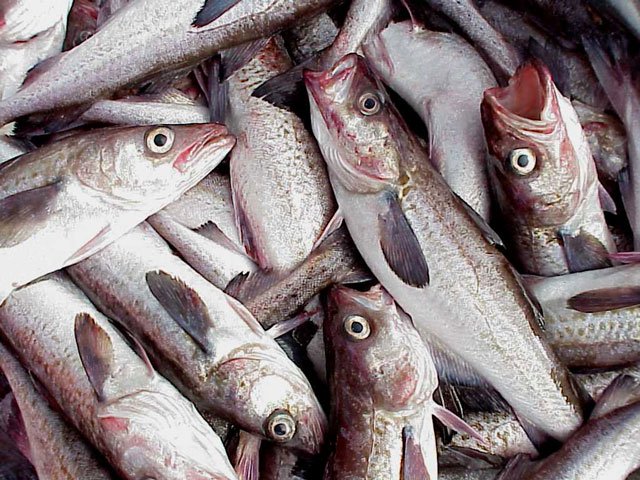A new study has shown that fishery management, when done well, works, and is the solution for keeping fisheries sustainable.
By looking at data from about 30 countries around the world, a group of researchers have concluded that intense fisheries management has led to healthy or improving fish populations, while a dearth of management has led to overfishing. The researchers published their results in a study in the Proceedings of the National Academy of Sciences on 13 January.
Only about half the world’s fish populations are monitored scientifically. These monitored and managed populations are generally healthy and growing, while fish populations in regions with weaker fishery management and little monitoring are harvested at rates that are three times higher. This poor management also affects abundance levels, which are half that of intensively managed populations.
“What we were able to show is that when fishery management measures are put in place, the fish stocks recover,” Christopher Costello, a University of California, Santa Barbara professor and study co-author, told SeafoodSource. “Over time, this can allow ecosystems to rebuild and the seafood industry to thrive. But it takes time and commitment.”
The study database, which has been in development for the last decade, includes data on about 880 fish populations from around the world, including Europe, North America, Australia, New Zealand, South Africa, and South America, representing almost half the world’s catch.
The data showed that fishing pressure rose and biomass declined for decades until 1995, when fishing pressured started to fall. By 2005, biomass was ticking up again, and by 2016, the average biomass of assessed fish populations was higher than levels needed to produce maximum sustainable yield.
Across large areas of South Asia and Southeast Asia, scientific estimates of fish population health are unavailable, and the database lacks information from those regions, plus China, the Middle East, Central America, and Central and Eastern Africa. These regions account for half the world’s catch: India, Indonesia, and China alone represent roughly 30 to 40 percent of global fish catch and are essentially unassessed.
"They just don't have the kind of science infrastructure that we have, the Europeans have, or even the Latin American countries have or are building," University of Washington professor and study co-author Ray Hilborn told SeafoodSource.
Hilborn and his collaborators are assisting scientists and fisheries managers in those countries with building systems to do more effective stock assessments themselves. In some cases, countries have scientific surveys that haven't been used, or they have some data but no functional ability to transform that data into full assessments.
“Generally speaking, the half of fisheries without solid information are in worse shape than those with solid information,” Costello said, adding that the seafood industry could leverage market-based approaches to create incentives for better measurement and management of fisheries. “The seafood industry could lead this charge and could make a huge difference in the environmental sustainability of the ocean and the financial sustainability of the industry.”
To be effective, fishery management needs to reduce total fishing pressure when it's too high and fishery managers need to be able to incentivize fishing fleets to preserve and value healthy fish populations.
“My experience has been that when fishers have a long-term stake in the health of the fishery, then they are more supportive of effective management,” Costello said. “That long-run incentive can be created through various forms of cooperatives, rights-based systems like individual transferable quotas and territorial use rights for fishermen. Different places tackle this problem different ways.”
Hilborn recommended two steps countries seeking to implement effective fisheries management should take. First, they need to set up a scientific method of monitoring, ideally with surveys, and also by measuring variables such as fish length. At a bare minimum, countries need to measure fish catch. Then, managers need to ensure fishing capacity – the number of vessels – matches the level of fish that can sustainably be caught.
"China, Indonesia, all those countries have way too many boats and a lot of those boats are illegal, unregistered, and they're kicking them off the rolls," Hilborn said.
Overall, the new study presents a powerful counter-narrative to the doom-and-gloom stories of fishing that commonly reach the general public.
"Fish stocks are not declining around the world. Ninety percent of people who think about fisheries believe that's true,” Hilborn said. “There's a narrative that a number of NGOs have pushed that fish stocks are declining, the oceans are dying, and we need to lock up large portions of the ocean to fishing, and that's not true."
And this means that there's no need to sequester large parts of the ocean from fishing, Hilborn added.
"What we need is effective fisheries management over 100 percent of the ocean," he said.
This story was originally published by SeafoodSource and is republished here with permission.







